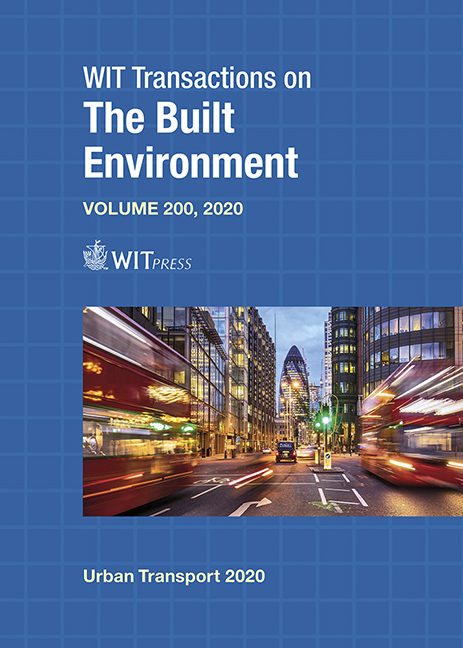DATA-DRIVEN TRAFFIC SAFETY APPROACH: NORWEGIAN CASE STUDY
Price
Free (open access)
Transaction
Volume
200
Pages
11
Page Range
105 - 115
Published
2020
Paper DOI
10.2495/UT200091
Copyright
WIT Press
Author(s)
ISABELLE ROCHE CERASI
Abstract
Tis study was financed by a research and development program called Better Traffic Safety (2013–2018) of the Norwegian Public Roads Administration (Road directorate). This paper presents the potential for using innovative data-driven methods to facilitate development of traffic safety policy. Traffic safety-relevant data from diverse sources and cross-databases need to be considered to reinforce decision support tools for traffic safety policy. New data forms and types can help decision makers to be more responsive and flexible in making regulatory interventions to achieve traffic safety goals. The future of transport requires analysing available raw data more effectively and to be more reactive and proactive to prevent incidents and accidents occurring. This will help intervention on specific locations and issues, for example improving road infrastructure or putting in place new measures. The results of this study show that children do not perceive the traffic environment around schools as safe. Thanks to a digital application, their opinions about the city environment were collected and their experience on their way to school were extracted to analyse the places where they felt less safe when crossing the roads. Other data sources were investigated and showed that there is potential to create a cross-database for developing effective decision-making tools for data-driven traffic safety policy. This paper explains how a new data-driven strategy will be more effective at reducing risk accident and traffic impact around schools.
Keywords
traffic safety, schools, school road safety, schoolchildren, policy





